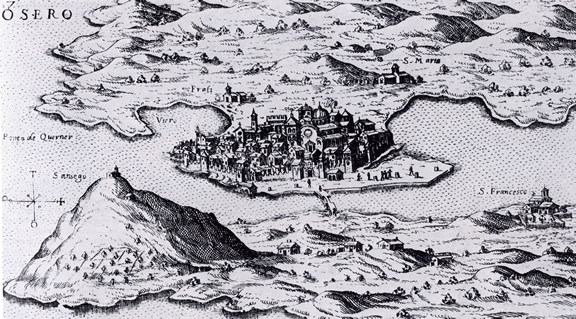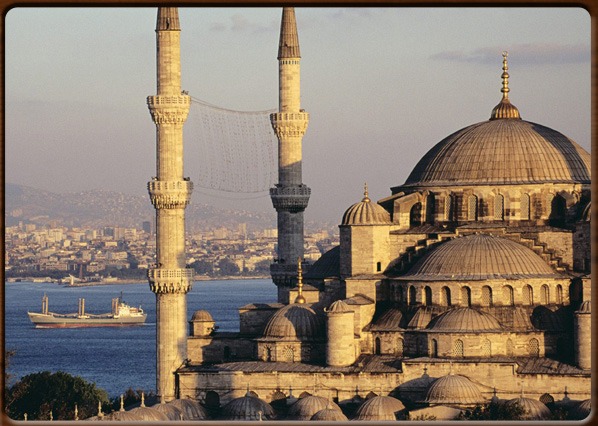
Constantinople and the Holy Land.

Fondaco dei Turchi.

Estambul.



No video
Venice has always enjoyed close relations with Asia: Venetian merchants plied the eastbound shipping routes continuously under the Venetian Republic.
Venice intensified its traffic in the 9th-11th Centuries, the ports of call becoming further and further away, thus building the Serenissima’s fortune and its control of the seas.
Indeed, right from the start, Byzantine was a prime objective of Venetian policies, the attractions being its economy and art. Venice was originally a Byzantine city and stayed that way for many centuries. Oriental art was a great inspiration for the city throughout the 1300s and beyond, while cultural and economic exchanges with the fabulous city on the Bosporus flourished.
Costantinople, thanks to its envious geographical position where two seas meet, was a crucial port-of-call throughout the centuries, with merchant fleets from the Aegean and the Black Sea continuously passing through. One of the oldest “mude” was that of Romania, whose route took it through the Strait of Constantinople.
Most of the oriental goods reached the Black Sea ports by means of camel trains through Persia and Turkestan (from the South) or Kazakistan and the Kalmyk (from the North). Before the Venetians, Genovese merchants exploited the Black Sea ports, gradually acquiring privileges during the 13th Century throughout the Byzantine Empire and in its capital. In fact, they ventured as far as the Black Sea and the Crimea peninsula, where they founded three colonies: Caffa, Balaclava and Sudak.
In 1381, after the Peace of Turin that marked the end of the War of Chioggia between Venice and Genoa, the Republic of Genoa was forced to reduce its presence in the Mediterranean, thus allowing Venice to dominate trade with the East, including the Black Sea. The Serenissima founded a new colony – Tana – at the estuary of the River Don, not far from the modern-day Russian city of Azov.
A new Venetian base was also set up in Odessa, to receive grain, leather and timber from Russia. Trebzon and nearby island of Bozcaada on the southern coast of the Black Sea were the traditional ports for goods coming from Asia, especially spices and Chinese silk.
400 - 1000 - - rev. 0.1.8